Seven Most Beautiful Medieval Castles In The World
In the history of Europe, the Middle Ages or medieval period lasted approximately from the 5th to the late 15th centuries, similarly to the Post-classical period of global history. It began with the fall of the Western Roman Empire and transitioned into the Renaissance and the Age of Discovery. The Middle Ages is the middle period of the three traditional divisions of Western history: classical antiquity, the medieval period, and the modern period. The medieval period is itself subdivided into the Early, High, and Late Middle Ages.
Despite the Middle Ages also being referred to as the Dark Ages, a period associated with an overall decline after the fall of the Roman Empire, certain beautiful relics, like medieval castles, have survived through the centuries. All over Europe, you can find these strongholds, each with its unique features.
Here are the most beautiful medieval castles in the world
1. Eltz Castle, Germany
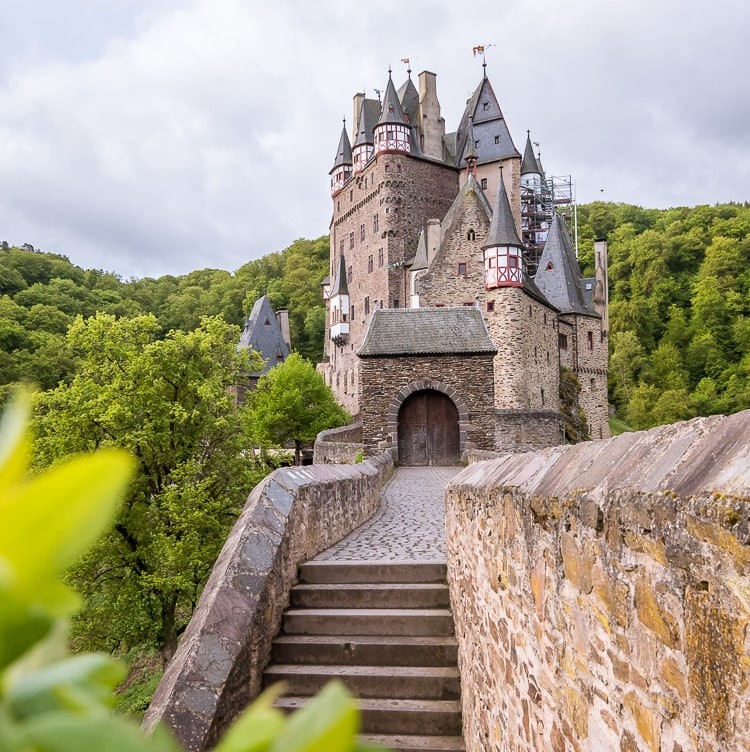 |
| Photo: Swedish Normad |
Records regarding the Eltz family date back to 1157 when Rudolph von Eltz was referenced as a witness concerning a deed of gift associated with Emperor Fredrick I Barbarossa. Burg Eltz was built in a strategic position along the lower Eltz River, which serves as a tributary of the Mosel River. This was a popular route linking the Mosel with the Eifel River. The castle was built atop a 70-meter high rock giving it a commanding view of the Elzbach Valley and River Eltz, which flowed around the base of the castle on three sides.
In 1268, the Eltz family split into three separate branches. Thereafter, each branch built their own houses and towers within the castle over the next 400 years. Thus, Burg Eltz became a Ganerbenburg in which several families shared common areas of the castle including the courtyard, well, and chapel while also maintaining their own private living quarters. Today, the Lion Or branch of the Eltz family remains as the sole owner of the castle. The castle consists of eight towers with living quarters grouped around an inner courtyard.
Although Burg Eltz has existed for nearly 900 years, it has seen little action in military conflict. The only significant event occurred in the 14th century. Elector Balduin of Trier, uncle to Charles IV, tried to enforce the peace in his electorate as free knights of the Holy Roman Empire believed he was infringing upon their rights to private warfare. On June 15, 1331, the knights from various castles including Burg Eltz formed an alliance against Balduin. Later that year, Balduin erected a siege tower outside of Burg Eltz and bombarded the castle with heavy stone balls. He also severed all supply lines from the castle, which forced the knights to concede. In 1354, Emperor Charles IV gave Burg Eltz as fief to Elector Balduin. Thus, the free knights of Burg Eltz became the vassals of the Elector and took Burg Eltz from him as feudal tenure.
2. Pierrefonds, France
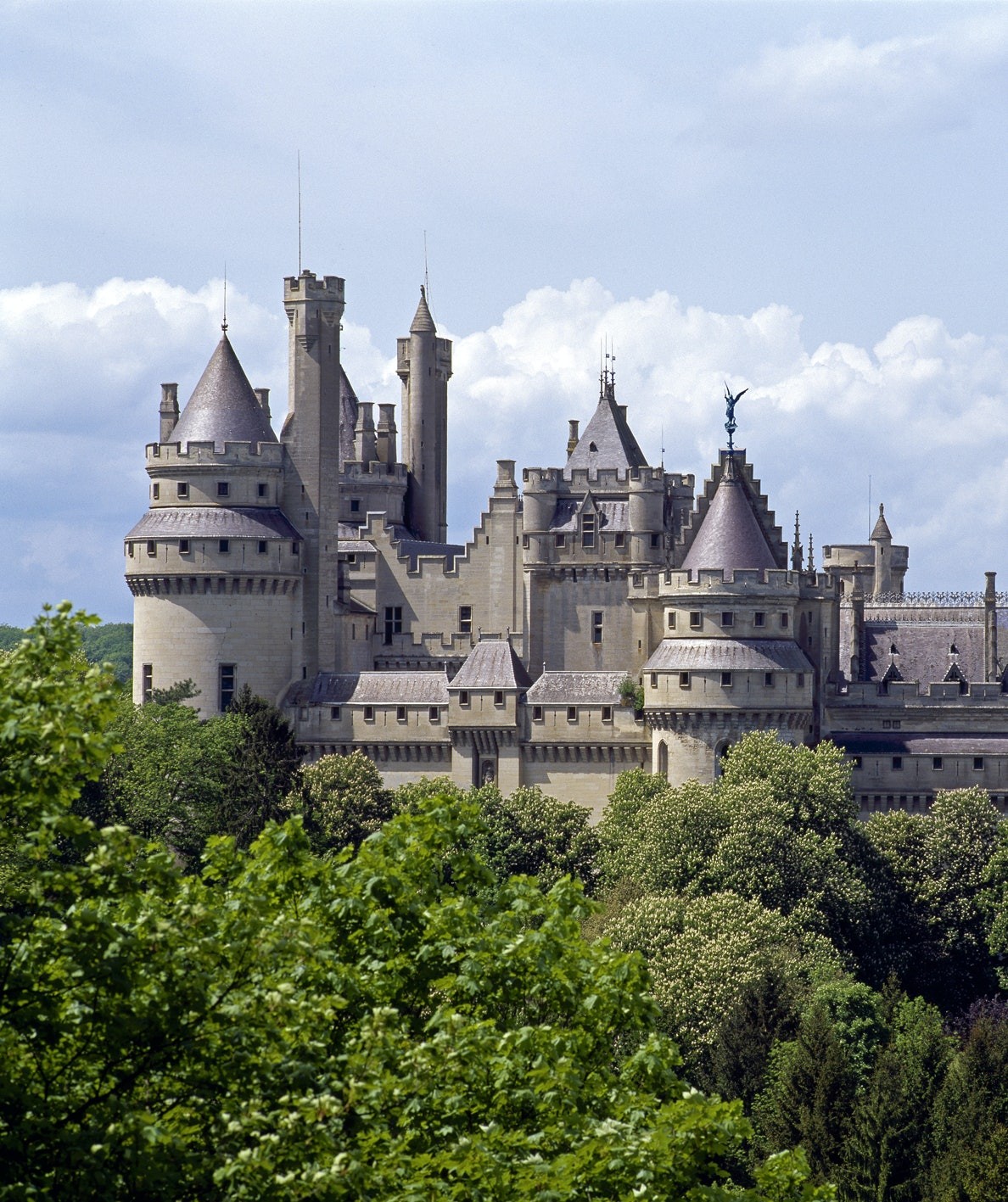 |
| Photo: Tiqets |
The Château de Pierrefonds is a castle situated in the commune of Pierrefonds in the Oise department in the region of Picardy, France. It is on the southeast edge of the Forest of Compiègne, northeast of Paris, between Villers-Cotterêts and Compiègne.
The Château de Pierrefonds includes most of the characteristics of defensive military architecture from the Middle Ages, though it underwent a major restoration in the 19th century.
Louis-Napoléon Bonaparte (later Napoleon III of France) visited the castle in 1850. As emperor, he asked Viollet-le-Duc in 1857 to undertake its restoration, which was continued by Maurice Ouadou and then Juste Lisch until 1885. There was no question of a simple repair to the habitable parts (the keep and annexes): the "picturesque" ruins in front were to be kept for decor. In 1861, the project grew in scale: the sovereign wanted to create an imperial residence, so the castle was to be entirely rebuilt. The works, which would cost 5 million francs, of which 4 million were to come from the civil list, were stopped in 1885, six years after the death of Viollet-le-Duc. The departure of Napoléon III had halted the reconstruction and, through lack of money, the decoration of rooms was unfinished. Inside, Viollet-le-Duc produced more a work of invention than restoration (polychrome paintings). He imagined how the castle ought to have been, rather than basing his work on the strict history of the building. On the other hand, with the exterior, he showed excellent knowledge of the military architecture of the 14th century.
3. Castle of Loches, France
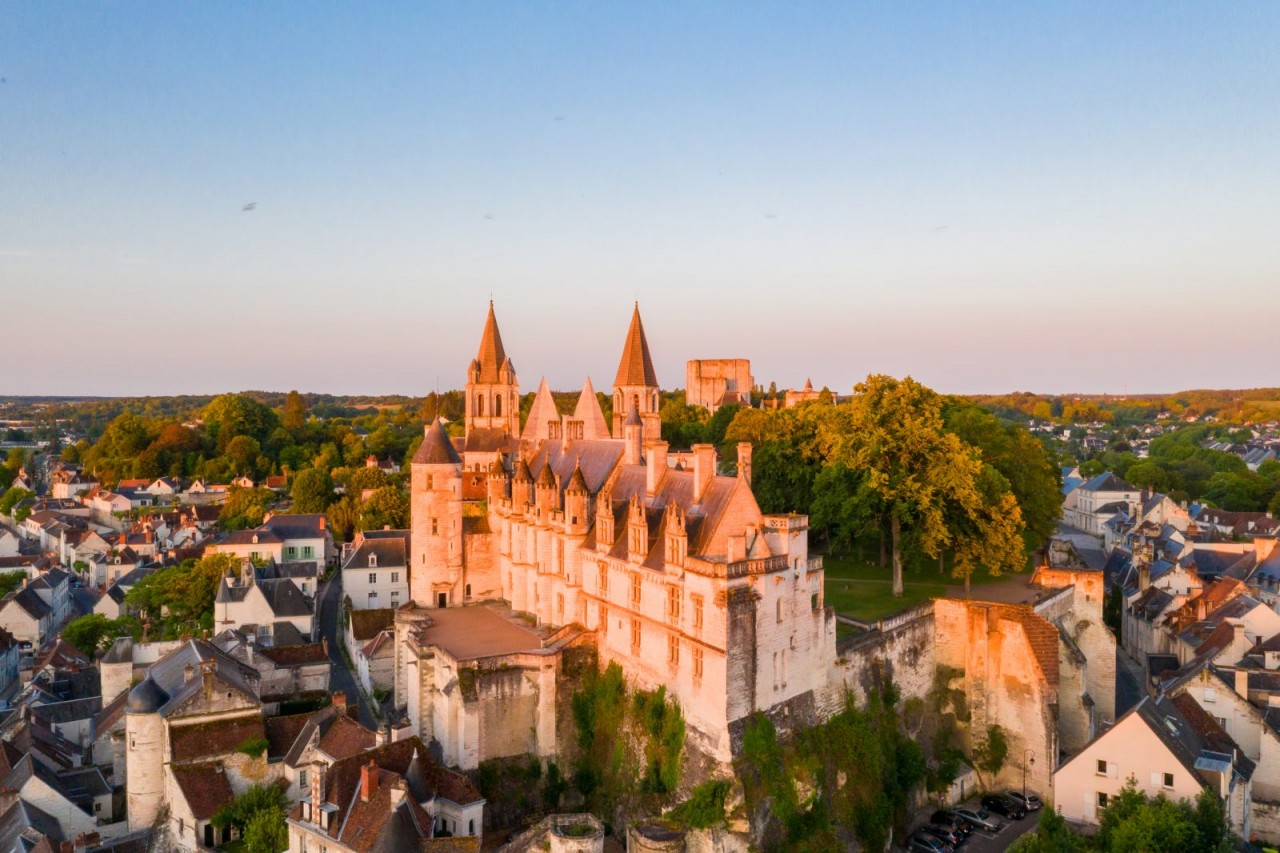 |
| Photo: Loire Valley |
The castle (sometimes also called simply "dungeon") of Loches, in the eponymous commune of Indre-et-Loire, 40 km south-east of Tours, is a castle built in the eleventh century in the heart of a city royal which also includes a "home" (palace) and a collegiate.
The whole city situated on a rocky outcrop is surrounded by a wall.
The dungeon was built between 1013 and 1035 by the Count of Anjou Foulques Nerra. It resists several seats and over the centuries, is equipped with new elements: a curtain (XII), towers (XIII), a house for its governor (XIV), a round tower, and a barbican (XV).
The fortified building is composed of two parts: the large dungeon, rectangular in shape of about 25 by 14 meters, formerly adorned with a crown, and a fore-body adjoining it's north face, called "little dungeon". The thickness of the walls varies from 3.40 m at the base to 2.60 m at the summit.
In the 15th century, the castle became a royal prison, a vocation that he kept until the Revolution, then changing into a prison from 1801 to 1926.
Meanwhile, north of the dungeon, a residential home was built at the end of the fourteenth century, enlarged in a flamboyant Gothic style in the early sixteenth.
After the kings returned to the capital, the city of Loches (keep and home) was however preserved.
The visit of the castle or dungeon classified since 1862 is independent of that of the royal lodging. It can be free, guided or done with a digital application.
4. Mont Saint Michel, France
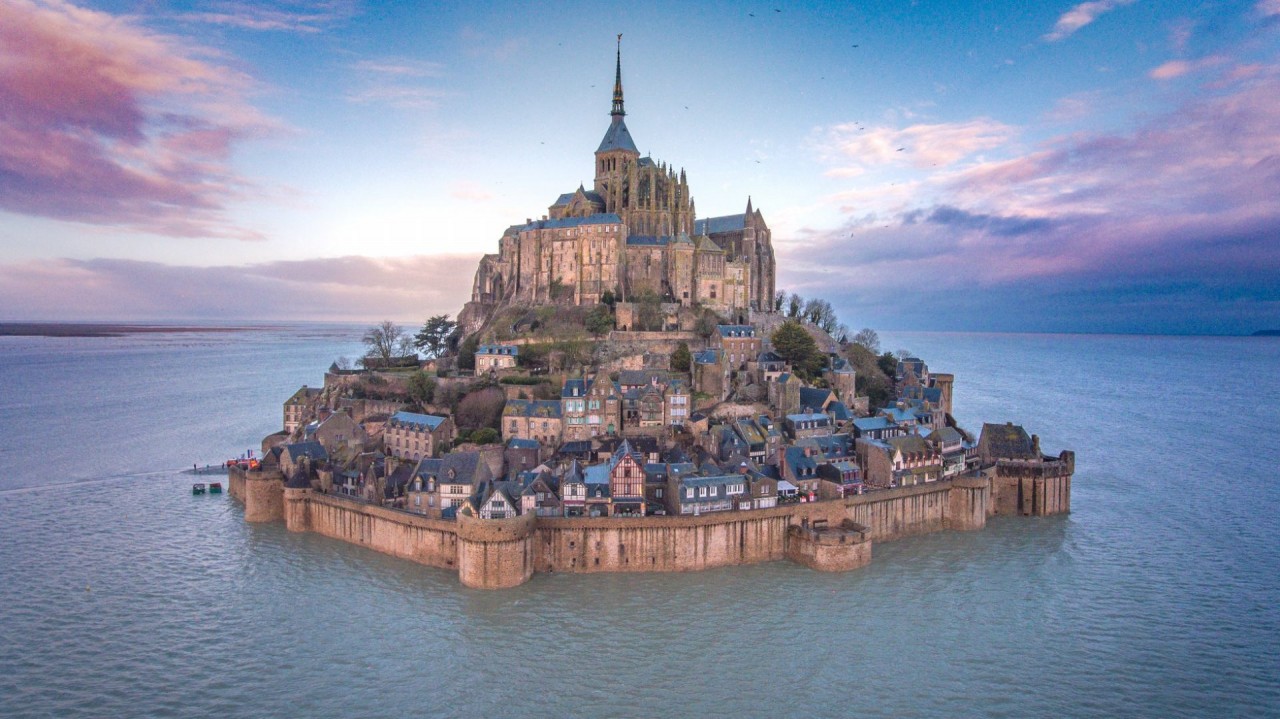 |
| Photo: Destination Wedding. Art |
Mont Saint Michel is located on an island commune in Normandy. The castle was built on an island for strategic regions (the surrounding water made it more resistant to attack) and this spot had been used for the same purposes dating back to ancient times. For extra reinforcement, there are also massive walls surrounding the castle interior.
In the 9th century, the castle was the home of Saint Michel’s monastery. It survived the 100 Years War without being destroyed, and today it is a UNESCO World Heritage Site. One of the castle’s most notable features is the tall turquoise spire with a small golden statue of Saint Michel at the top.
5. Edinburgh Castle, Scotland
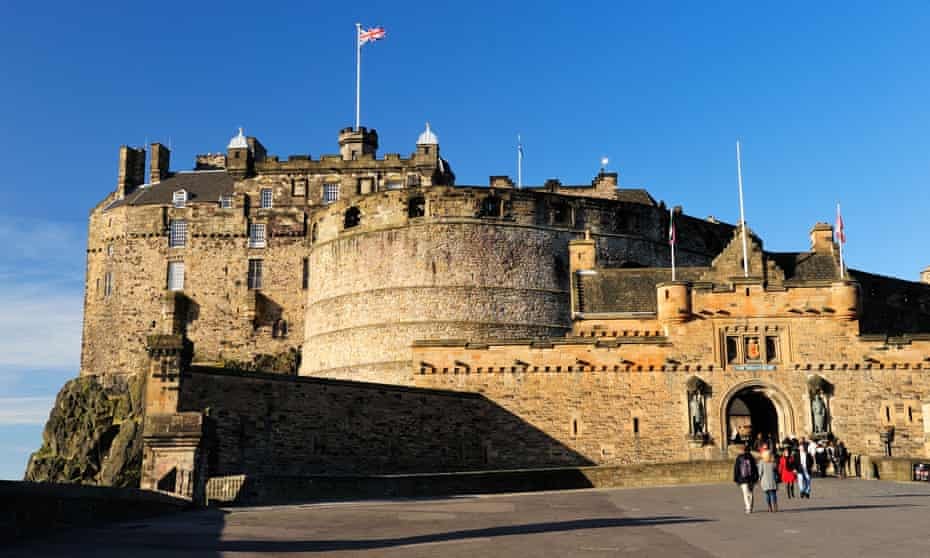 |
| Photograph: Angus McComiskey/Alamy Stock Photo |
A mighty fortress, the defender of the nation, and a world-famous visitor attraction – Edinburgh Castle has dominated the skyline for centuries.
This most famous of Scottish castles has a complex building history. The oldest part, St Margaret's Chapel, dates from the 12th century; the Great Hall was erected by James IV around 1510; the Half Moon Battery by the Regent Morton in the late 16th century; and the Scottish National War Memorial after the First World War.
The castle houses the Honours (Crown Jewels) of Scotland, the Stone of Destiny, the famous 15th-century gun Mons Meg, the One o'Clock Gun, and the National War Museum of Scotland.
In addition to guided tours provided by the castle stewards, there is an audio guide tour available in eight languages. The audio tour takes the visitor on a tour around the castle, explains its architecture, and tells its dramatic history. This guide is available in English, French, German, Spanish, Italian, Japanese, Russian and Mandarin.
While some areas may be closed, we will have additional interpretation available on-site so you don't miss out. This may include QR codes so make sure your mobile can read these when visiting.
A courtesy vehicle (provided by the Bank of Scotland) can take visitors with a disability to the top of the castle. Ramps and a lift give access to the Crown Jewels, Stone of Destiny and associated exhibition; and ramps provide access to the war memorial. For those with impaired vision, there is a free Braille guide and hands-on models of the Crown Jewels with Braille texts.
6. Kilkenny Castle, Ireland
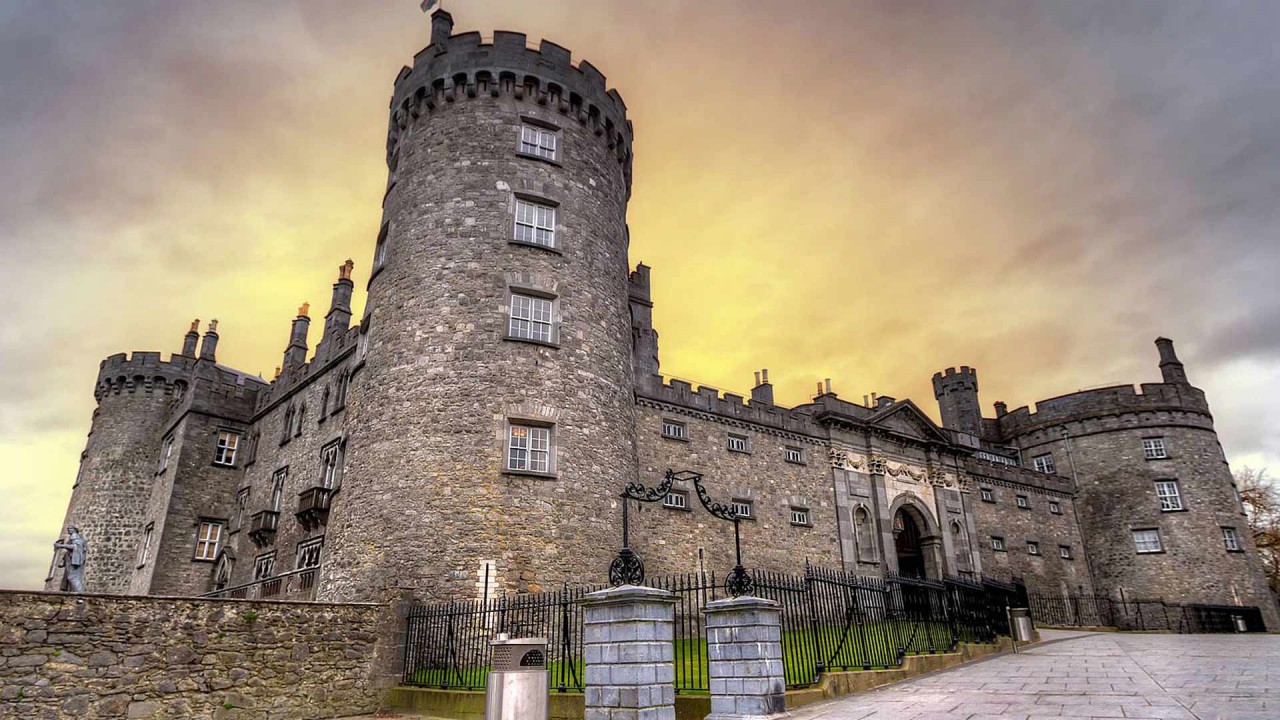 |
| Photo: Kilkenny Ormonde Hotel |
Built in the twelfth century, Kilkenny Castle was the principal seat of the Butlers, earls, marquesses, and dukes of Ormond for almost 600 years. Under the powerful Butler family, Kilkenny grew into a thriving and vibrant city. Its lively atmosphere can still be felt today.
The castle, set in extensive parkland, was remodeled in Victorian times. It was formally taken over by the Irish State in 1969 and since then has undergone ambitious restoration works. It now welcomes thousands of visitors a year.
The central block includes a library, drawing room, nursery, and bedrooms decorated in 1830s splendour. The magnificent Picture Gallery is situated in the east wing of Kilkenny Castle. This stunning space dates from the 19th century and was built primarily to house the Butler Family's fine collection of paintings.
7. Hever Castle, England
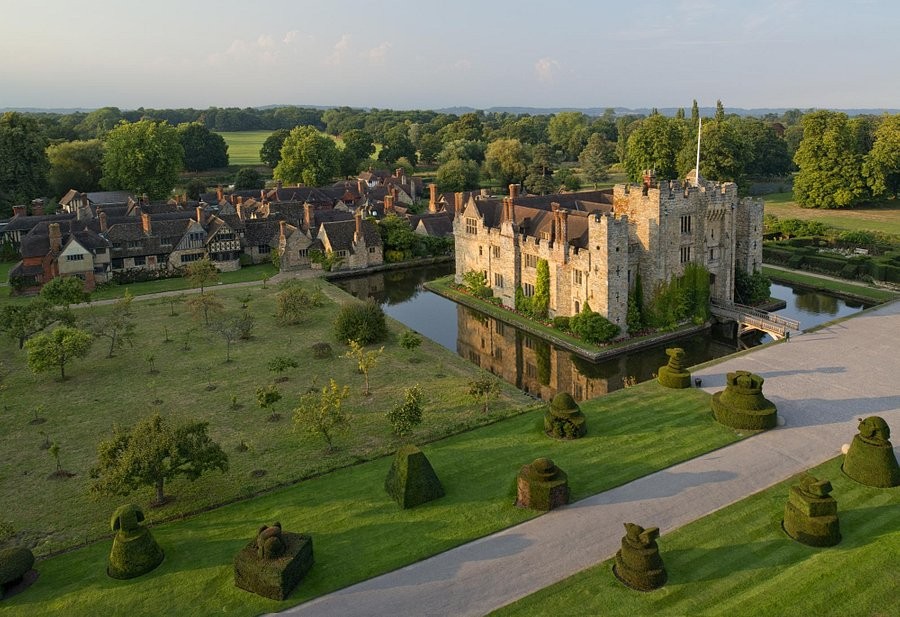 |
| Photo: TripAdvisor |
Hever Castle is located in Kent, about 30 miles south of London. Today the castle is largely known for its lovely gardens. There is a winding yew maze, topiary, and pristine lake on the property as well. Further, it was the childhood home of the famed Anne Boleyn. Her husband, Henry VIII, gave Hever Castle to his fourth wife, Anne of Cleves after they divorced.
The castle also has an impressive collection of Tudor portraits including a rare image of King Henry VIII as a young man. Today, there is a 5-star bed and breakfast on the premises. It is even possible to host a wedding ceremony here.
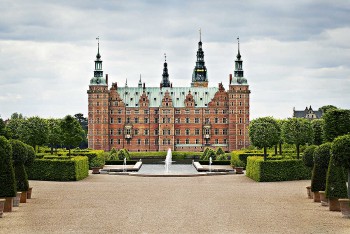 | Top 8 Most Beautiful Castles In Denmark Europe is the land of the most stunning and gorgeous castles in the world, and Denmark's castles have their own distinctive and unique architecture and ... |
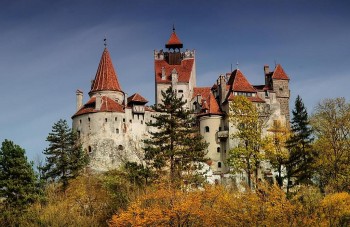 | Top 10 Most Beautiful Castles In Europe Mysterious and majestic, European castles have always been tourist attractions from around the world, with extraordinary and outstanding structures. |
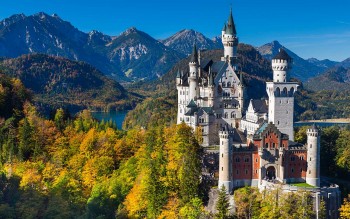 | Top 10 Most Beautiful Castles in Germany Europe is the land of palaces and castle, with outstanding, wonderful architectures. Take a look at these 10 most beautiful castles in Germany. |
Recommended
 Handbook
Handbook
Vietnam Moves Up 8 Places In World Happiness Index
 Handbook
Handbook
Travelling Vietnam Through French Artist's Children Book
 Multimedia
Multimedia
Vietnamese Turmeric Fish among Best Asian Dishes: TasteAtlas
 Handbook
Handbook
From Lost to Found: German Tourist Thanks Vietnamese Police for Returning His Bag
Popular article
 Handbook
Handbook
Prediction and Resolution for the Disasters of Humanity
 Handbook
Handbook
16 French Films To Be Shown For Free During Tet Holiday In Vietnam
 Handbook
Handbook
Unique Cultural and Religious Activities to Welcome Year of the Snake
 Handbook
Handbook







